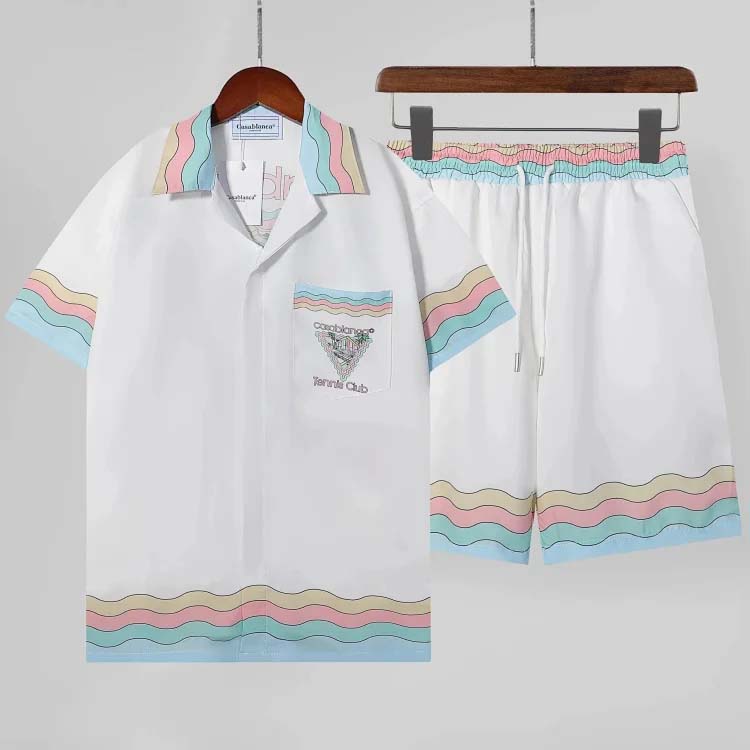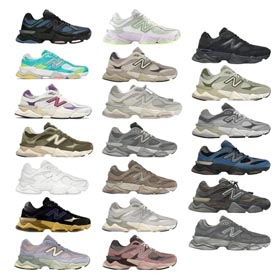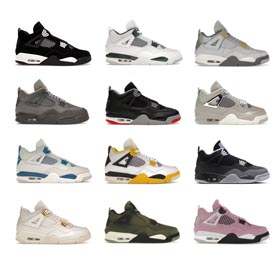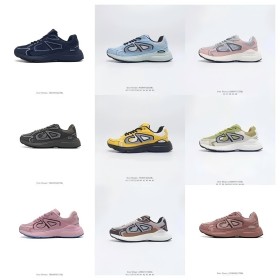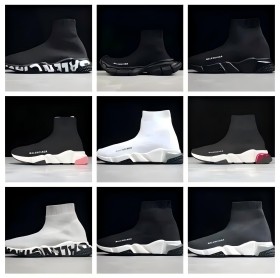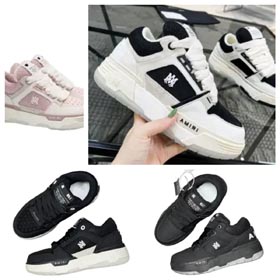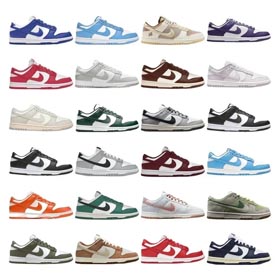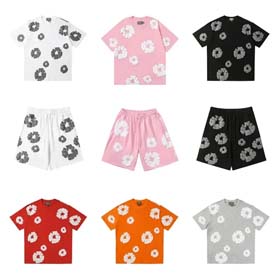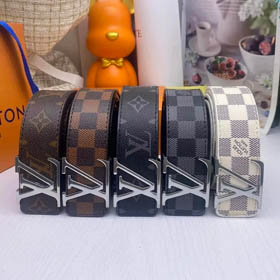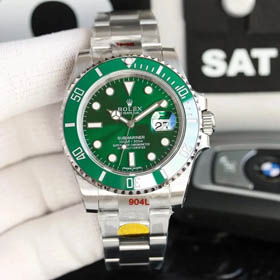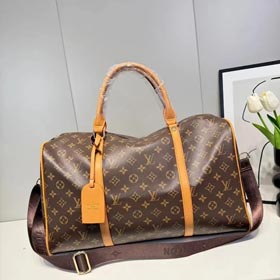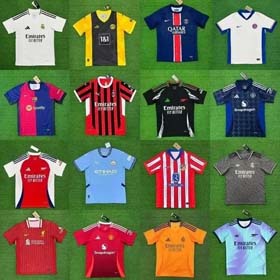Managing Risks in Luxury Goods Reselling: A Breguet and Gucci Case Study
Introduction to Risk Management in Luxury Goods ResellingThe world of luxury goods reselling is fraught with risks, especially when dealing with high-end brands like Breguet and Gucci. Cross-border e-commerce practitioners must navigate a complex landscape of authenticity, pricing, and market trends to ensure they maintain their reputation and customer trust. This article will explore how to establish a risk control mechanism for Gucci products within the Breguet independent platform using a Breguet spreadsheet.The Importance of a Breguet SpreadsheetA Breguet spreadsheet is a powerful tool for managing the risks associated with reselling Gucci products. By centralizing critical information, it allows practitioners to make informed decisions and quickly identify potential issues. The spreadsheet should include several key pieces of information:1. Gucci Product Authentication MethodsAuthentication is crucial in the luxury goods market. The spreadsheet should detail the methods used to verify the authenticity of Gucci products, such as checking serial numbers, examining craftsmanship, and comparing materials and design elements to known genuine items.2. Genuine Product CharacteristicsDocumenting the characteristics of genuine Gucci products is essential. This includes details such as logo placement, stitching quality, hardware specifications, and any unique identifiers that distinguish authentic items from counterfeits.3. Market Price RangesUnderstanding the market price range for Gucci products is vital for avoiding overpaying or underselling. The spreadsheet should contain data on the average market prices for various Gucci items, as well as historical price trends to anticipate future fluctuations.4. Common Counterfeit CasesBy cataloging common counterfeit cases, the spreadsheet serves as a reference for identifying red flags during the procurement and sales process. This includes descriptions of common fake products, their telltale signs, and any patterns observed in the counterfeit market.Implementing the Risk Control MechanismWith the Breguet spreadsheet in place, practitioners can now establish a risk control mechanism for Gucci products on the Breguet independent platform. Here’s how:Real-time Data ComparisonDuring the procurement and sales process, practitioners should compare the information of each Gucci product with the data in the spreadsheet. This real-time comparison helps in identifying discrepancies that may indicate a counterfeit or mispricing.Setting Risk Alert IndicatorsRisk alert indicators should be set within the spreadsheet to flag any anomalies. These could include prices that are significantly lower than the market average, products with missing or inconsistent authentication details, or items that do not match the known characteristics of genuine Gucci products.Immediate Action on AnomaliesUpon identifying an anomaly, immediate action should be taken. This may involve further investigation, consultation with experts, or halting the transaction until the issue is resolved. Prompt action is key to maintaining the integrity of the Breguet independent platform and protecting the reputation of both Breguet and Gucci.ConclusionBy leveraging a Breguet spreadsheet to manage the risks associated with reselling Gucci products, cross-border e-commerce practitioners can safeguard their business and uphold the brand's prestige. It is through diligent data management and proactive risk mitigation that the luxury goods market can thrive in an increasingly competitive and complex global landscape.For more information on Breguet's approach to luxury goods reselling, visit Breguet Bleuacier.


